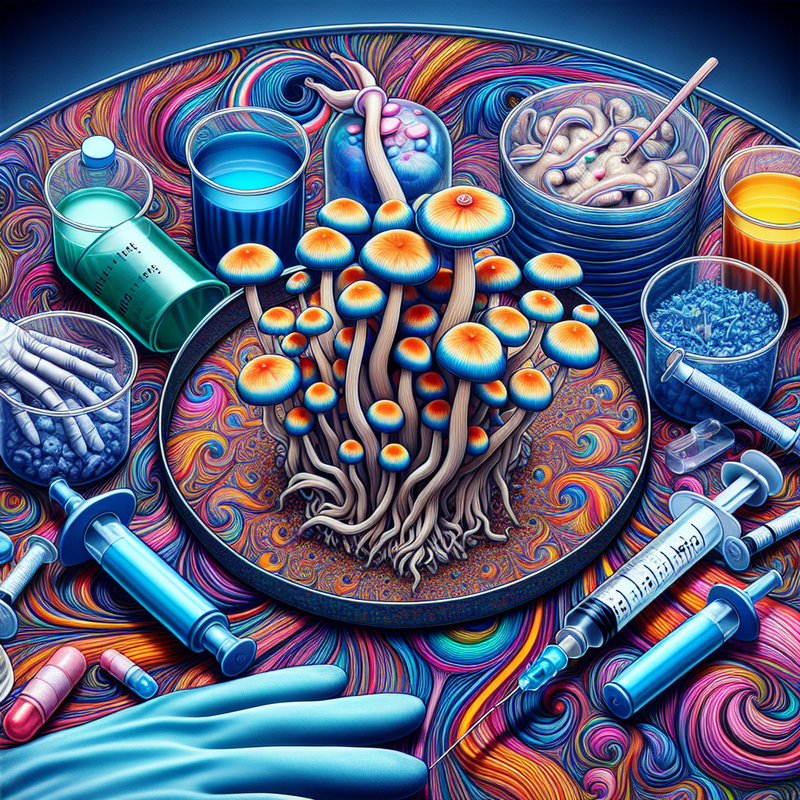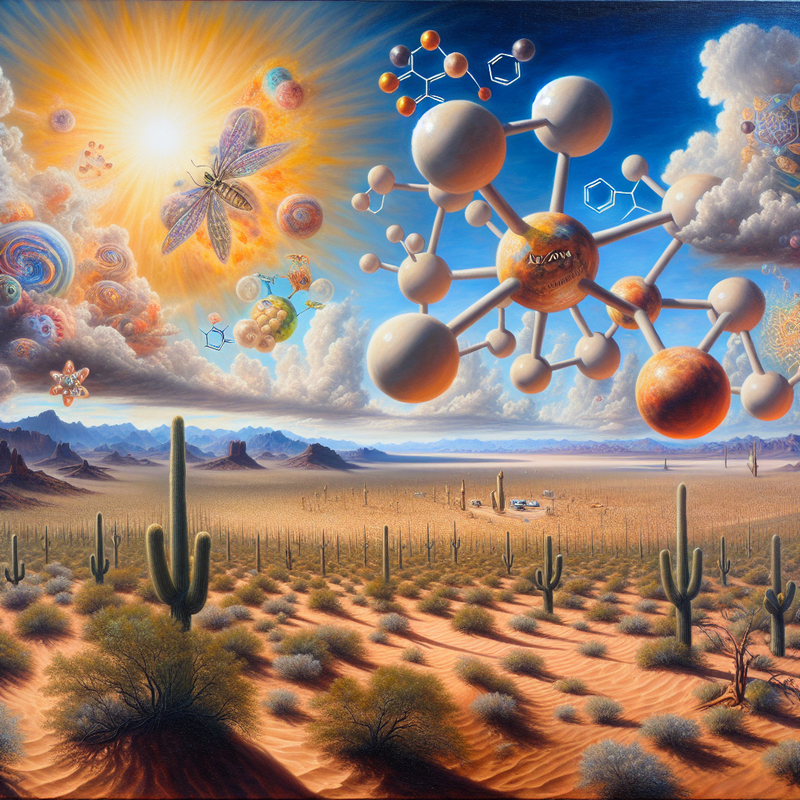In the realm of psychedelic exploration, psilocybin—a psychoactive agent in certain fungi—has garnered significant attention for its possible therapeutic applications.
Novices eager to delve into the enigmatic world of these transformative organisms must first grasp the complexities surrounding their legal status, cultivation techniques, and handling protocols for psilocybin spores.
Although the procurement of psilocybin spores is permissible within the majority of states in the United States for purposes such as education and scholarly research, the actual cultivation of psilocybin mushrooms constitutes a violation of the law, due to the conversion of material into a substance that is listed under Schedule 1 regulations. Karina Swenson, a knowledgeable figure in this field with academic credentials from Boston University and Columbia University’s SIPA, outlines the key points for enthusiasts interested in this venture.
Navigating the Legal Landscape and Mastering the Fundamentals of Cultivation
The spores of psilocybin mushrooms are exempt from federal legislation as they lack the psychedelic compound psilocybin. Once these spores sprout into mushrooms, however, the legal status of the resulting organisms swiftly transitions into the realm of illegality. Swenson strives to disperse the confusion shrouding this topic by stating, “The cultivation of mushrooms from these spores marks the precise point where legality is breached.”
Aspiring mycologists or those engaged in theoretical study have an obligation to meticulously select their spores. For those new to the activity, choosing strains that demonstrate robustness, ease of cultivation, and a lower susceptibility to impurities is advised.
Selecting Appropriate Tools and Implementing Effective Techniques
Determining the initial stage of cultivation involves a choice between spore syringes, prints, and cultures. Swenson indicates, “Spore syringes are typically chosen due to their straightforward application, delivering spores precisely into the growing medium.” Nevertheless, some individuals may lean toward spore prints or liquid cultures, citing their benefits in terms of shelf-life and hastened growth.
Proper storage and maintenance are pillars of successful spore preservation. Swenson advises adherents to keep spore prints in a location that is both cool and devoid of light to maximize their longevity, highlighting anecdotal evidence of spores remaining viable for extensive periods.
For novices taking their initial steps in mushroom cultivation, Swenson endorses the use of a culture kit, elaborating, “Kits such as Third Wave’s Grow Kit present all the required tools and guidelines, in addition to facilitating a sterile work setting.”
Exercise Due Diligence
A firm adherence to the regulations of one’s locale is crucial, and Swenson stresses the importance of checking local laws prior to acquiring spores. Despite the burgeoning scientific literature indicating psilocybin’s therapeutic potential, the regulatory framework is intricate and subject to regional disparities.
Swenson’s counsel to novices is laced with prudence: “Undertake a thorough education, constrain activities within the bracket of legality, and appreciate the profound experiences that, under the auspices of the law, psilocybin spores can provide.”



